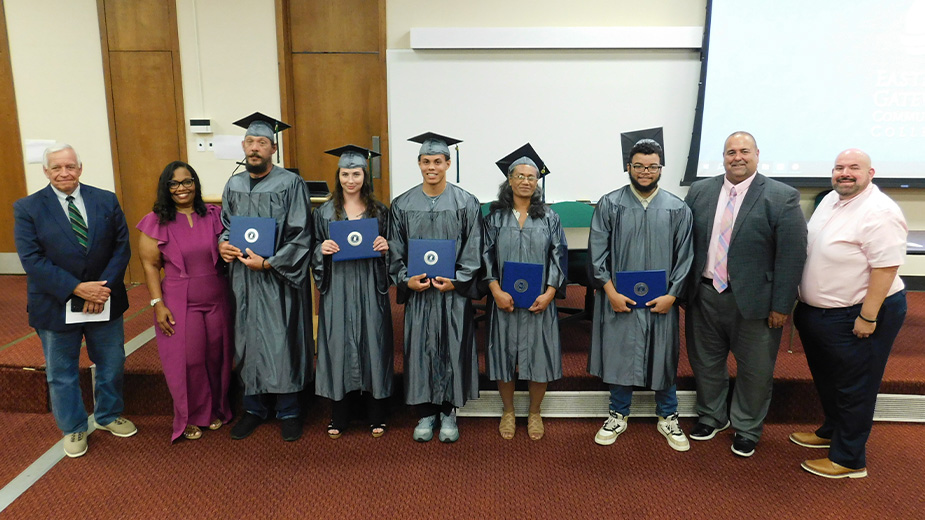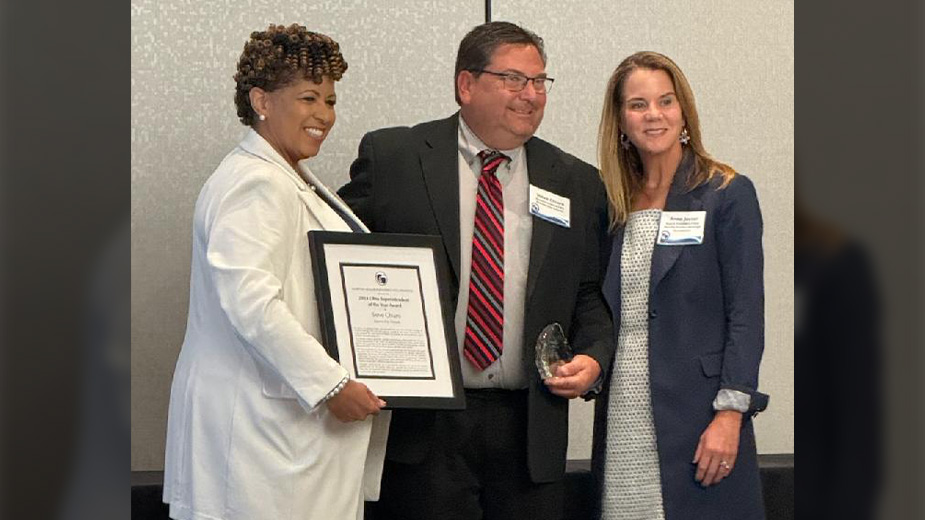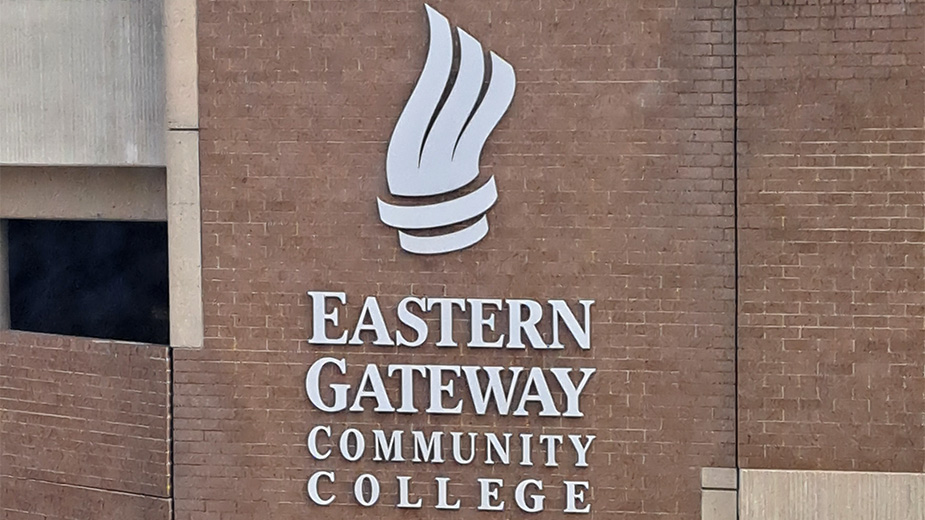Better Communications Key to Stronger YSU –Tressel
YOUNGSTOWN, Ohio – In his state of the university address Thursday, President Jim Tressel devoted 20 minutes of his hour-long speech to improving communications with and among the many stakeholders in Youngstown State University.
He began with himself and his administration. “I have to communicate better and the people who work for me have to communicate better,” Tressel said.
Not only must he (and his administration) keep faculty, students, university staff and supporters of YSU informed, the president said, he must ensure that stakeholders are listening and staying abreast of efforts to improve the university. And he promised to do a better job of learning and addressing stakeholders’ concerns and grievances.
“I’ve got to do a better job of sharing,” Tressel said. “I’ve got to do a better job of listening. I’ve got to do a better job of reading.”
How he will improve communications — the flow of information – is unclear. “It’s not hard to get information out,” he said, through press releases and emails. But, “there’s so much information out there.” To his chagrin, students open only 25% of the emails YSU sends them, university staff 22%.
The time he devoted to addressing the perceived lack of communications was spurred by results of the in-house communications surveys begun in 2014 where various constituencies expressed dissatisfaction that they weren’t kept as informed as they thought they should be and that their views were ignored.
Tressel shouldered some of the blame. Addressing the $10 million budget deficit (since resolved) that he inherited, increasing enrollment, lobbying state legislators in Columbus and creating his own administrative team diverted his attention from keeping stakeholders fully abreast, he said.
Beginning this semester, which begins Monday, Tressel announced he will meet at least once each term with the dean of each college and graduate school and members of its faculty and students.
Tressel iterated his belief in “shared governance. … Good communication leads to shared governance,” he said, which is based on “shared input, shared discussion [he emphasized this aspect] and a feeling of inclusion.”
In meeting with reporters afterward, he dismissed the suggestion that equated disagreement with poor communication.
One of his goals is to add Youngstown State to the list of “honor roll universities,” Tressel said. Such an institution is characterized by its stakeholders understanding its mission, vision and strategy; emphasis on a team mentality; a culture where anyone from anywhere can propose an idea or make a suggestion, and such ideas are solicited; and “a spirit of inclusion.”
The YSU mission statement — “52 people wrote it,” Tressel said – and vision statement reflect what it takes to be an honor roll university.
Other than the need to improve communication and what that entails, the state of the university is robust. Its fiscal health is good as reflected by low debt and a stable outlook for repaying its bonded indebtedness, he said. Moody’s rates YSU bonds “A2,” that is, “high-quality, moderate risk,” while Standard & Poor’s gives the university “A+.” S&P’s highest rating is AAA; it downgraded U.S. government debt to AA+ from AAA in 2011.
Continuing to challenge YSU financially is a state Legislature that has reduced its share of funding public university budgets to 25% today from 81% in 1968, the year Howard Mettee, a retired professor of chemistry, joined the faculty, Tressel noted.
The Legislature has reformulated state subsidies to one based on outcomes — graduation rates — from enrollment and YSU has seen the state of Ohio reduce its subsidies this fiscal year to $42.7 million from $47.7 million in 2010. During that interval, the Legislature has twice frozen tuition, Tressel noted.
In addition, Tressel foresees one criterion of state funding based on how many graduates of public colleges obtain work in a field related to their major.
That YSU has the lowest graduation rate in Ohio of students who complete their course work within four years – 10% — is cause for concern. YSU is second- lowest in a set of six public universities, 31%, of students who finish within six years.
In addition, the state chancellor of education has deprived YSU of “nearly $800,000” last semester by allowing undergraduate students to pay the same rate for 12 to 18 hours’ tuition as 12 to 16 hours. Not only that, an ever-increasing number of students earn college credit in high school, enabling them to graduate in three to 3½ years instead of four.
All these are concerns that YSU and other universities must address as they make long-term plans about their financial viability. So is the demographic trend that by 2031, Ohio high schools will graduate 11% fewer students.
Regardless, Tressel remains an optimist. Since he became president 31 months ago, YSU has raised just short of $40 million in private donations. “Graduate enrollment is up 22% in the last four years,” he said. “We have more international students.”
By working together — respecting each other, listening to each other and hearing everyone out – “all of us together will improve [YSU],” the president promised. “We have to believe … but we have to do it together.”
Copyright 2024 The Business Journal, Youngstown, Ohio.



